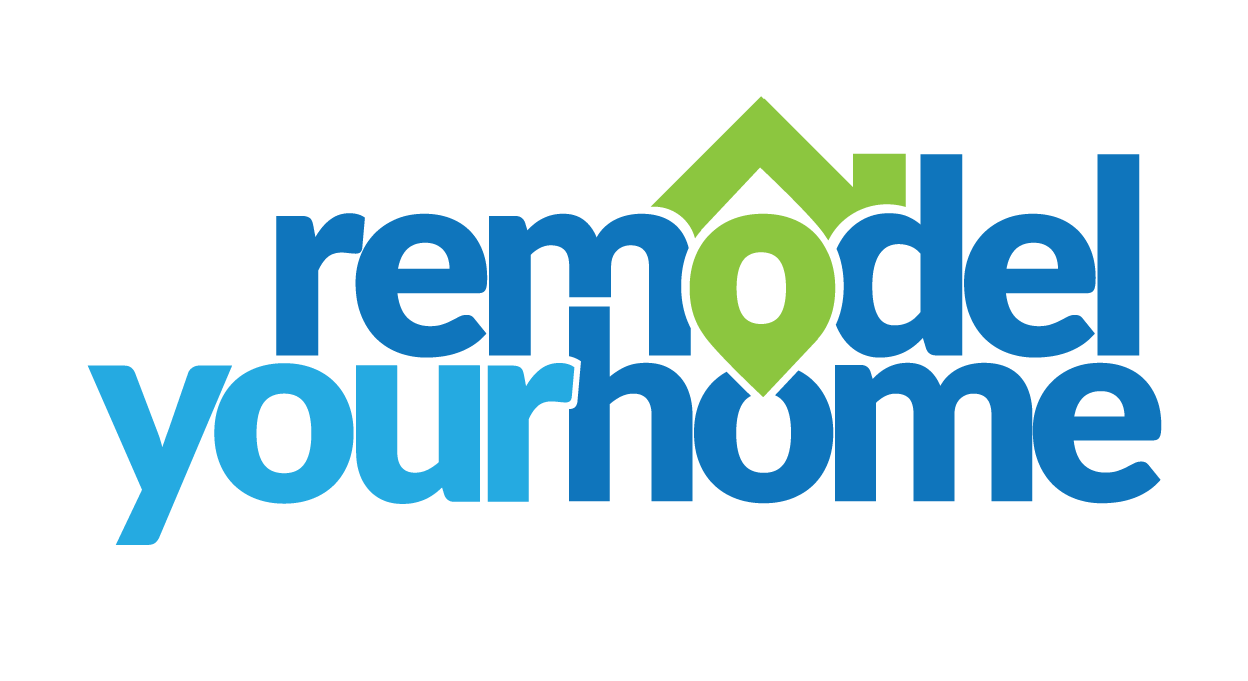Green Roofs: Showcasing Eco-Friendly Innovation
In today's environmentally conscious world, innovative solutions like green roofs have emerged as unique and eco-friendly alternatives to traditional roofing systems. Green roofs, also known as living roofs or eco-roofs, showcase the marriage of environmental consciousness and architectural ingenuity. These roofs incorporate vegetation, soil, and waterproofing layers to create a lush green space atop buildings. They not only enhance the aesthetic appeal of urban landscapes but also provide numerous environmental benefits. Let us explore the benefits and types of green roofs, shedding light on their transformative potential in building a greener future.
Benefits of a Green Roof
In addition to the aesthetic allure, a living roof brings forth several benefits.
Lesser Noise Pollution
The soil, plants, and other materials on green roofs serve as effective sound barriers, absorbing and deflecting noise from outside sources such as traffic or construction. This can create a quieter and more peaceful indoor environment, particularly in urban areas with high levels of ambient noise.
Cut Energy Expenses
The insulation provided by the layers of soil and vegetation on these eco-friendly roofs helps regulate indoor temperatures more effectively. In hot weather, the vegetation absorbs sunlight and provides natural cooling through evapotranspiration, reducing the need for air conditioning. Similarly, during colder months, the added insulation minimizes heat loss, lowering heating costs.
Combat Air Pollution & Climate Impact
Vegetation on green roofs helps to absorb carbon dioxide from the atmosphere through photosynthesis, thereby reducing greenhouse gas emissions. Additionally, the plants filter out airborne pollutants and particulate matter, improving air quality in the surrounding area. By mitigating these environmental stressors, green roofs play a role in combating climate change and promoting healthier living environments.
Prolong Roof Durability
Green roofs act as a protective layer, shielding the underlying roofing materials from direct exposure to harsh weather conditions such as sunlight, rain, and temperature fluctuations. This protection can significantly extend the lifespan of the roof, reducing the need for frequent repairs and replacements.
Manage Rainwater Sustainably
Green roofs capture rainwater and store it in the substrate, where it is absorbed by the vegetation or slowly released back into the atmosphere through evaporation and transpiration. This natural process helps to reduce stormwater runoff, alleviating pressure on urban drainage systems and minimizing the risk of flooding. Furthermore, the soil and vegetation act as a natural filtration system, removing pollutants and impurities from the rainwater as it passes through, resulting in cleaner runoff.
The Two Kinds of Green Roofs: Intensive and Extensive
Two distinct types of green roofs exist, each chosen for varying reasons.
Intensive Green Roofs
Intensive green roofs are characterized by their deeper substrate layers, which allow for the cultivation of a wide variety of vegetation, including trees, shrubs, and even small gardens. These roofs require more maintenance and irrigation due to their diverse plant life and heavier weight load. Intensive green roofs offer greater opportunities for recreational spaces and biodiversity, making them ideal for rooftop gardens, parks, and leisure areas. However, their complexity and higher installation and maintenance costs make them better suited for larger buildings or spaces where the benefits of increased greenery outweigh the associated expenses.
Extensive Green Roofs
Extensive green roofs are characterized by their lightweight design and minimal maintenance requirements, making them ideal for a variety of buildings. These roofs typically consist of several layers, including:
- Waterproofing membrane
- Drainage layer
- Lightweight growing medium
- Drought-resistant vegetation
The layers work together to absorb and filter rainwater, with excess water draining away through the drainage layer to prevent waterlogging. However, extensive green roofs are not designed to support heavy foot traffic, as their primary function is to provide environmental benefits and aesthetic enhancement rather than recreational space.
Is Your Roof Garden Ready? What to Look For?
Determining whether your roof can support a roof garden depends on several factors. Firstly, it's essential to assess the structural integrity of your roof. Consult a structural engineer to evaluate if your roof can bear the additional weight of soil, plants, and other materials. Consider the age and condition of your roof as well, as older or damaged roofs may not be suitable for a garden. Additionally, check local building codes and regulations regarding rooftop gardens, as these may dictate specific requirements or restrictions. Finally, consider factors like access to sunlight, water availability, and drainage systems to ensure the viability of your rooftop garden project. Consulting with professionals can help you make an informed decision regarding the feasibility of installing a roof garden on your property.
Summary
Looking to transform your roof into a lush, eco-friendly oasis? Look no further! At RemodelYourHome, we connect you with trained professionals in your area who specialize in various remodeling endeavors, including the installation of roofs. With our professional advice, tips, and tricks, maintaining your green roof becomes a breeze. Trust us to turn your roofing dreams into reality while making a positive impact on the planet. Contact us today to learn more about our services and embark on your journey to a greener, more eco-friendly future.

Remodel Your Home
We are a leader in the home improvement space with over 20 years of experience pairing homeowners with construction experts.
About Us